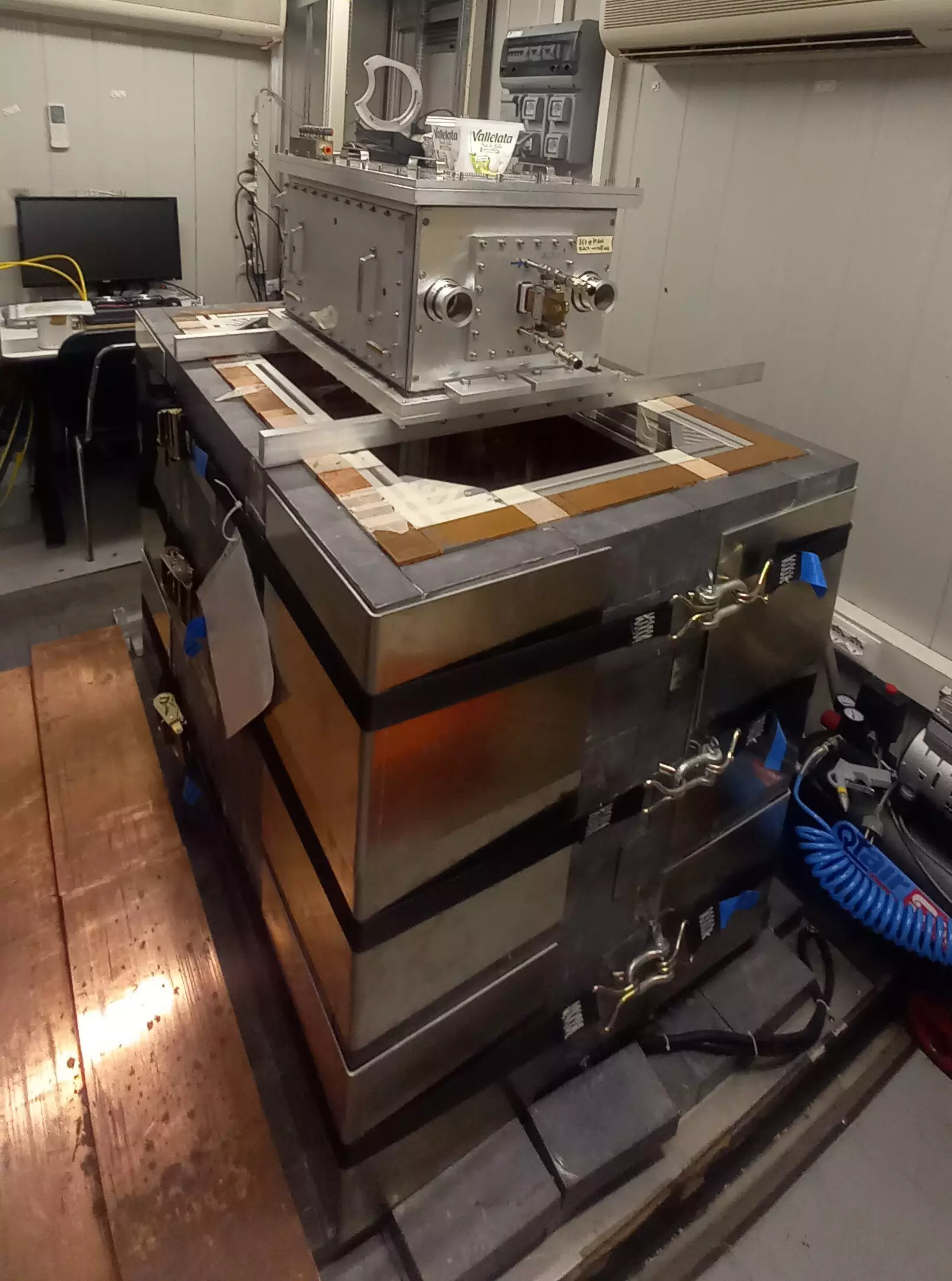The mysteries of quantum mechanics often leave us bewildered, and one of the most famous illustrations of this bafflement is the thought experiment known as Schrödinger’s cat. In this scenario, the hypothetical feline exists in a paradoxical state, simultaneously alive and dead, until an observer makes a measurement. However, in our macroscopic world, we don’t see living cats caught in such bizarre limbos. This discrepancy raises fundamental questions about the limits of quantum effects, particularly concerning larger entities like cats, humans, or buildings. An international group of scientists recently sought to investigate these phenomena, publishing their intriguing findings in the journal Physical Review Letters in June 2024.
Standard quantum mechanics posits that subatomic particles can exist in superposition—a state where they can simultaneously occupy multiple configurations. To illustrate this, Catalina Curceanu, an experimental physicist affiliated with the National Institute for Nuclear Physics in Italy, references the thought experiment with Schrödinger’s cat. In this setup, a cat is placed in a sealed box with a mechanism that releases poison contingent upon the decay of a radioactive atom. Until an observation is conducted, the atom exists in a superposition of having decayed and not decayed. Consequently, this leads to a scenario where the cat is both alive and dead based on the superposition principle.
Further substantiating the principles of superposition, experimentalists have successfully observed these paradoxical states within relatively sizable objects. For instance, a sapphire crystal weighing 16 micrograms has demonstrated behavior consistent with superposition. Intriguingly, standard quantum theory maintains that these superposition states might even persist in larger entities, yet practical experience diverges sharply from this theoretical assertion.
One of the most profound challenges in quantum physics is the “measurement problem.” The term encapsulates the difficulty in explaining what triggers the collapse of the wavefunction, leading to observations that depict systems as “classical” rather than inherently quantum. The phenomenon of wavefunction collapse remains enigmatic; physicists have developed a plethora of hypotheses in an attempt to explain this quandary.
Among these hypotheses are various “quantum collapse models” that provide alternate interpretations of standard quantum mechanics. These models posit that certain physical processes might induce the wavefunction’s collapse. Specifically, it’s proposed that as the size or complexity of a quantum system increases, the rate of collapse accelerates. This aspect of the models introduces a whole new realm of experimental possibilities. In her discussions, Curceanu highlights that certain collapse models predict spontaneous radiation, allowing for experimental validation of these alternative theories.
The quantum collapse models can be broadly categorized into two camps. The first, known as Continuous Spontaneous Localization (CSL), suggests that the collapse process unfolds spontaneously and continuously due to an intrinsic, inherently random mechanism—potentially linked to gravity or other forces. The second set of models explicitly connects the collapse to gravity; an example includes the Diòsi-Penrose models, conceived independently by Lajos Diòsi and Roger Penrose.
Curceanu and her team have been on a lengthy quest to uncover signs of spontaneous radiation aligned with these models, particularly focusing on the detection of high-energy gamma radiation. Unfortunately, this investigative journey has yet to yield the evidence needed to confirm these predictions, enabling scientists to eliminate less viable versions of the collapse theories while narrowing down the parameters of the CSL models.
In their important contribution published in June 2024, Curceanu and her collaborators explored the electromagnetic radiation expected from atomic systems, particularly focusing on lower energy ranges in the X-ray spectrum. Their findings revealed that the rate of spontaneous radiation varied significantly based on both the atomic species and the specific collapse model under scrutiny.
This discovery is particularly striking; for the first time, the research indicates a compelling link between spontaneous radiation and atomic structure, suggesting that different atomic configurations might lead to different rates of radiation under collapse scenarios. The implications of this research are extensive. Curceanu’s team plans to update their ongoing experiments conducted at the LNGS-INFN underground laboratory to test these relationships with renewed vigor. Specifically, they aim to utilize varied atomic targets to refine their understanding of collapse models further.
The challenges inherent in reconciling quantum mechanics with classical observations emphasize an exciting frontier of scientific inquiry. As physicists like Curceanu and her associates continue to push the bounds of our comprehension, they illuminate paths that might ultimately resolve the measurement problem. The search for concrete evidence of quantum phenomena echoes the relentless human pursuit of knowledge, urging us to confront the perplexities of the universe—one enigmatic particle at a time.


Leave a Reply